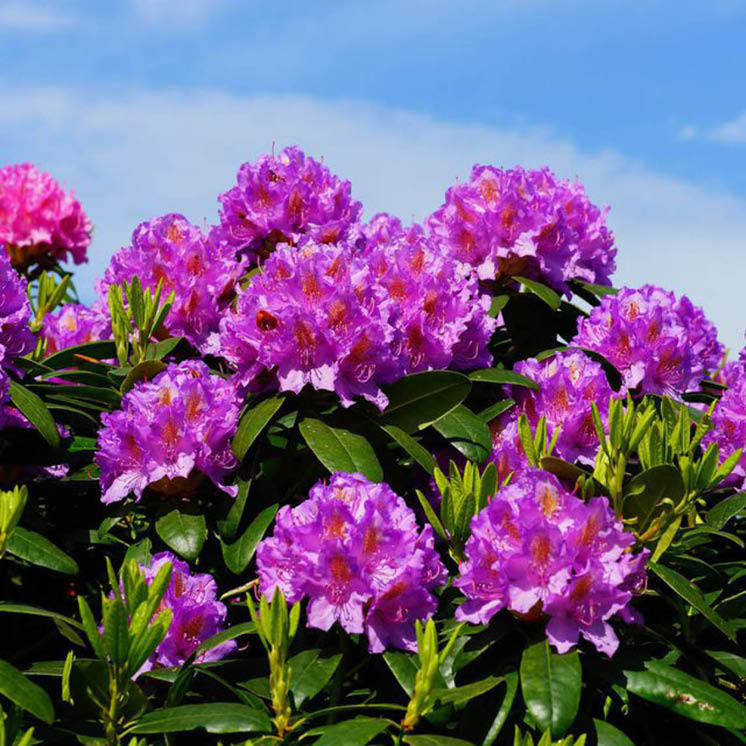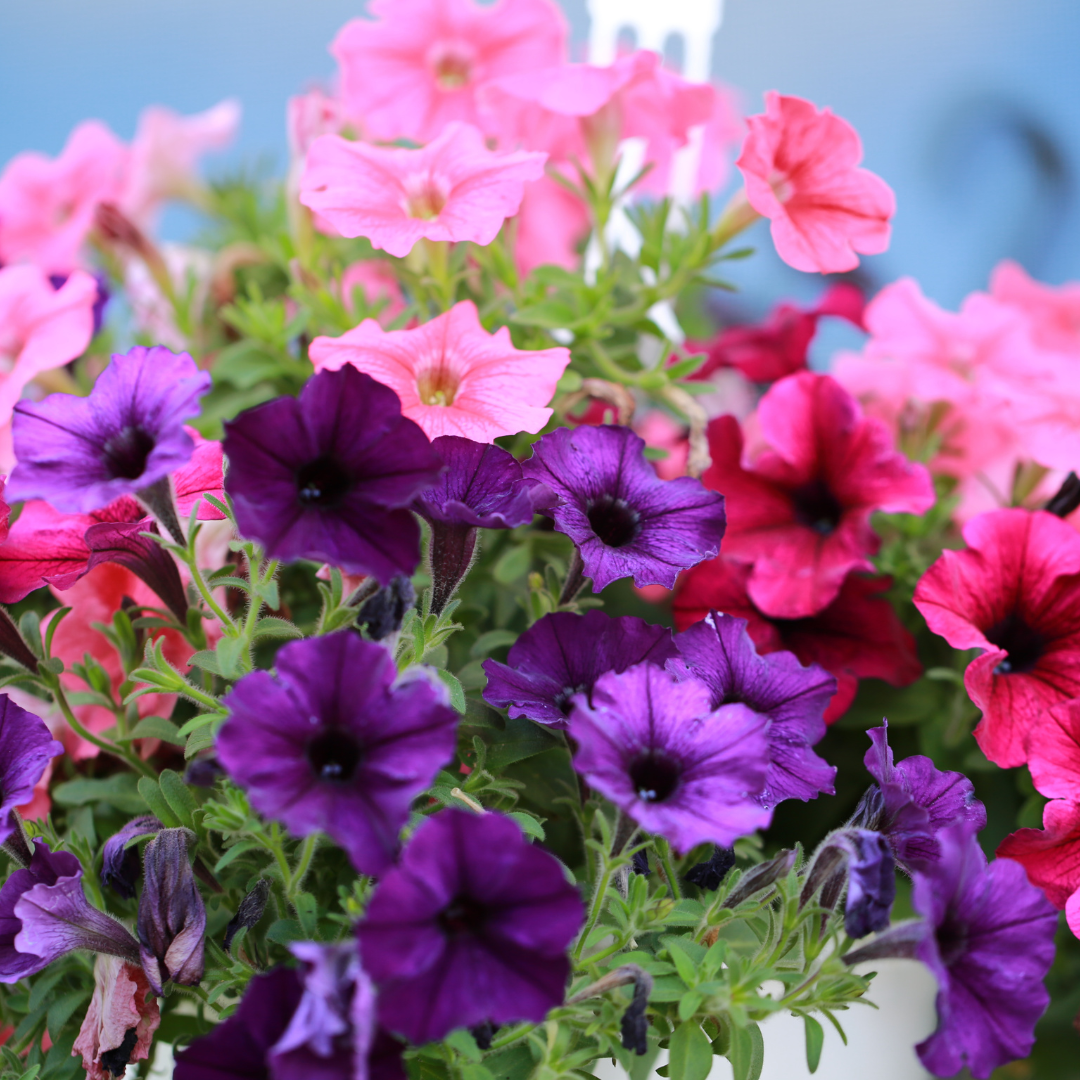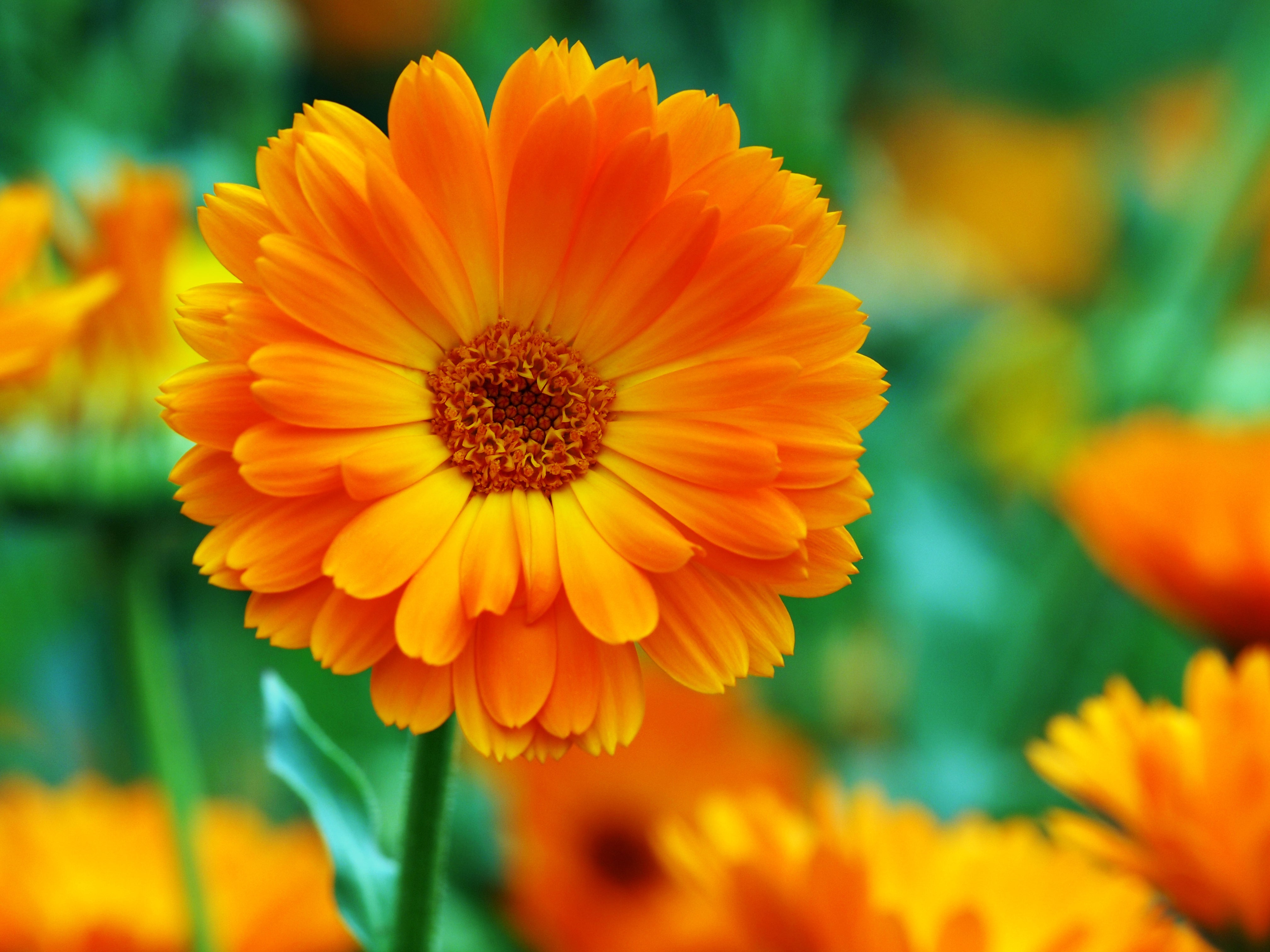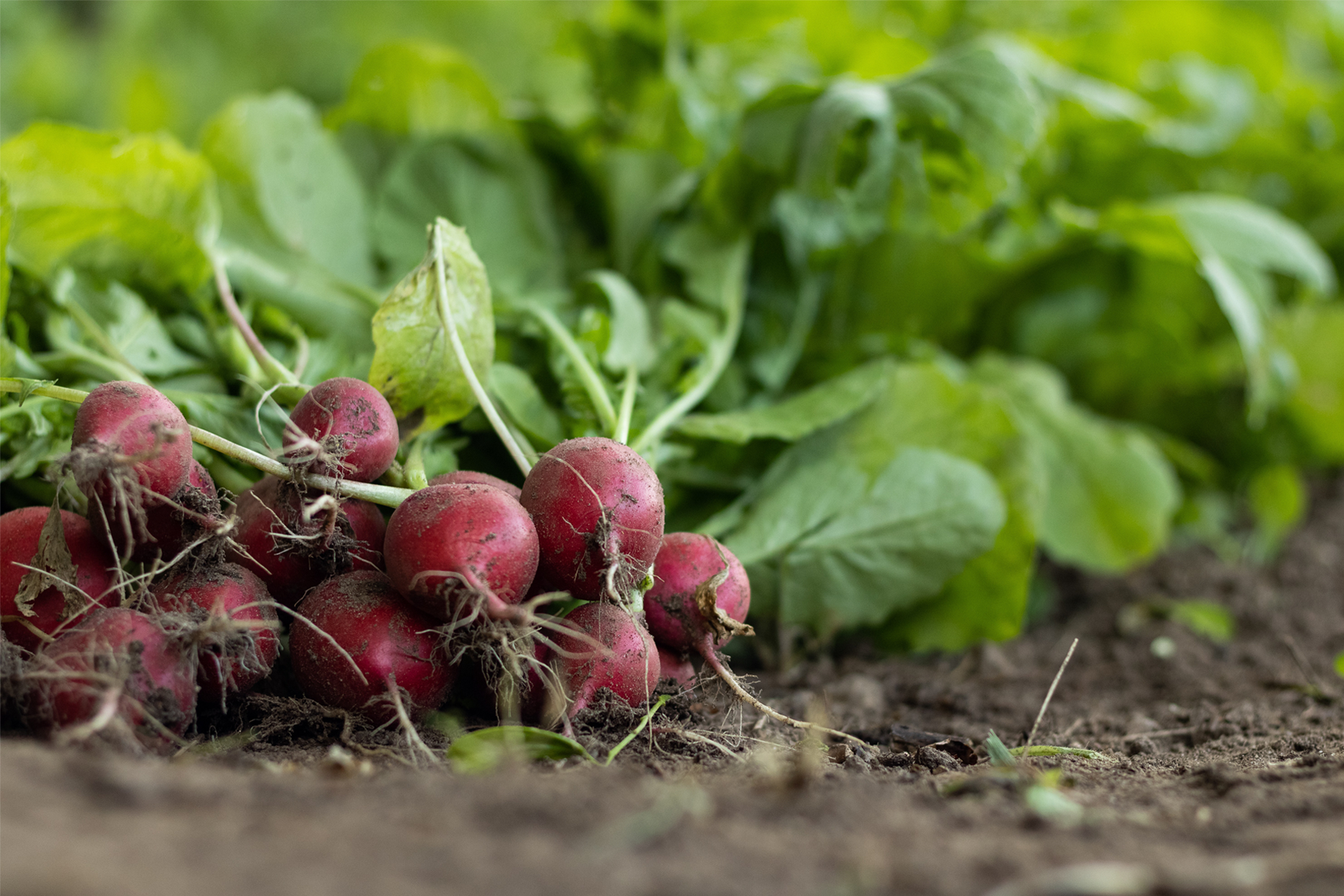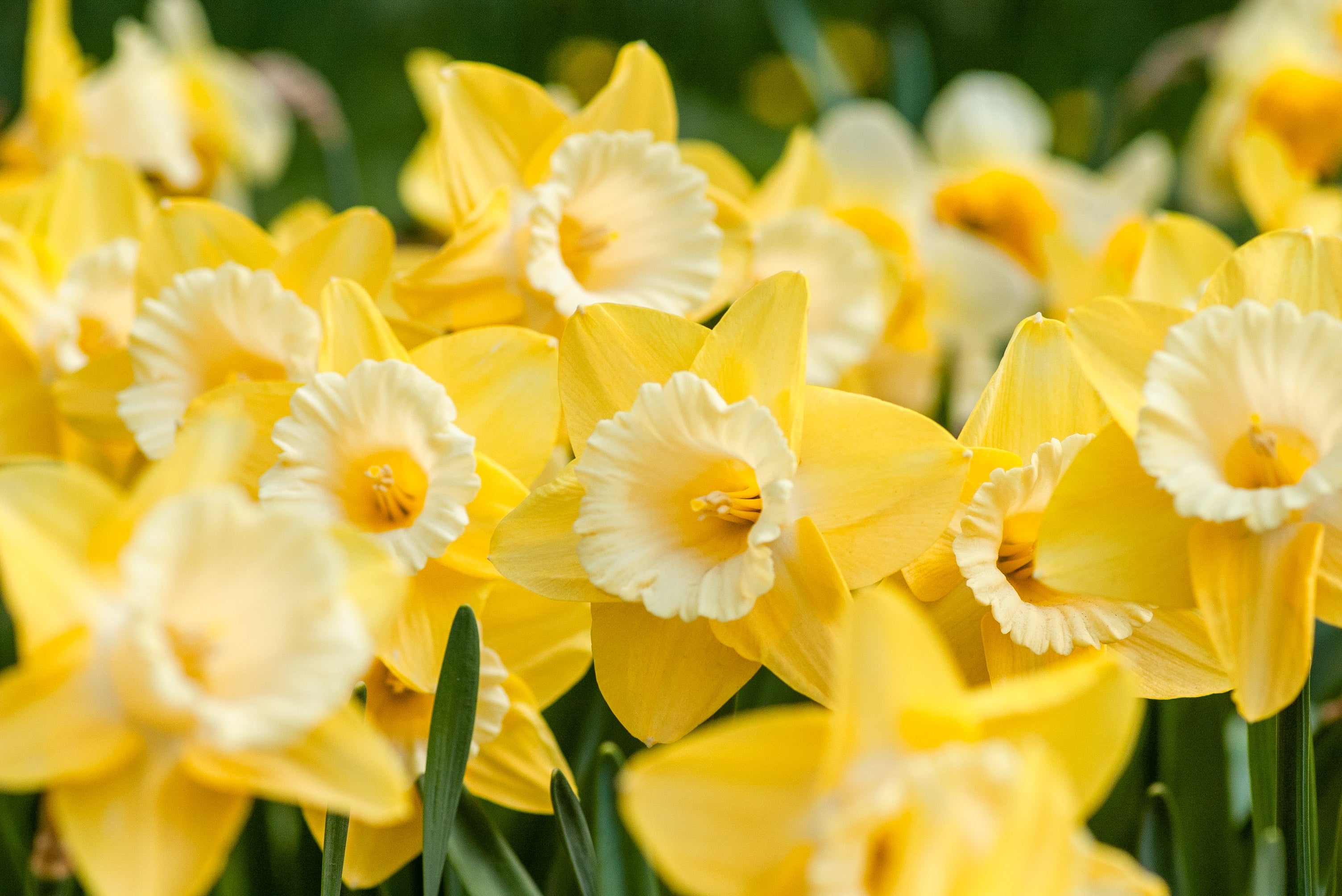Camellias
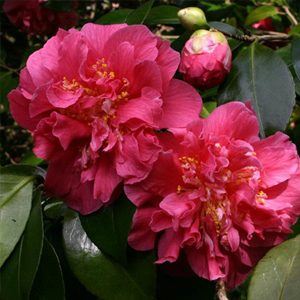 Camellias are one of the best flowering evergreen shrubs. They are easy care, have wonderful glossy green leaves and beautiful flowers of many shapes and sizes. Camellias are not only popular with gardeners, but tea drinkers too. The most famous camellia is the tea plant camellia sinensis. The fresh new tips are picked and dried, ready for drinking. Camellias flower from autumn to spring. The flower shapes vary from single to full double forms. There are miniature sized flowers up to large flowers the size of saucers. Camellia shrubs grow from a height of 50cm to 3 metres plus. They are also great for growing in containers. Keep plants well watered from spring through to autumn. Camellias enjoy a twice yearly feed in autumn and spring. A slow release fertiliser is preferred as there is no risk of burning the roots especially for camellias planted in pots. There are three types of camellias commonly available:
Camellias are one of the best flowering evergreen shrubs. They are easy care, have wonderful glossy green leaves and beautiful flowers of many shapes and sizes. Camellias are not only popular with gardeners, but tea drinkers too. The most famous camellia is the tea plant camellia sinensis. The fresh new tips are picked and dried, ready for drinking. Camellias flower from autumn to spring. The flower shapes vary from single to full double forms. There are miniature sized flowers up to large flowers the size of saucers. Camellia shrubs grow from a height of 50cm to 3 metres plus. They are also great for growing in containers. Keep plants well watered from spring through to autumn. Camellias enjoy a twice yearly feed in autumn and spring. A slow release fertiliser is preferred as there is no risk of burning the roots especially for camellias planted in pots. There are three types of camellias commonly available:
Japonica camellias are the most widely grown. They are easy care and tolerant of a wide range of conditions. Flowers range from miniature to large in single, semi-double or double forms. Japonicas cannot be overlooked for all round excellent performance. Best in semi shade.
Sasanqua camellias are the earliest flowering variety producing single or semi-double, slightly fragrant flowers. The leaves are small. This type is sun tolerant and slightly drought tolerant. It’s great as a hedge.
Reticulata camellias are not as widely grown but are preferred by some gardeners for their unusual and large shaped flowers. Reticulates are more particular about where they are planted requiring shade and protection from hot afternoon sun. They are a large shrub requiring space to grow.
Azaleas
Azaleas enjoy cool conditions, semi shade and moist friable soil. They flower prolifically and can be grown in pots. There are several types of azaleas:
Indica azaleas are the best known evergreen azalea, flowering from late winter to early summer. They have large flowers, small leaves and grow from 60cm up to 1.2 metres in height.
Kurume azaleas are evergreen with small leaves and small single or semi-double flowers, which smother the plant in spring. Kurume azaleas tolerate cooler temperatures and require more shade than indica varieties. They grow from 60cm up to 1 metre in height.
Mollis azaleas are deciduous, losing their leaves in winter. Flowers appear before the foliage in spring. Some varieties are fragrant. Mollis azaleas have lovely autumn colour foliage and prefer a cooler climate. They grow in full sun to a height of 1.5 metres.
Rhododendrons
Rhododendrons are evergreen, flowering from late autumn to early summer. There are large and small flowered varieties. They grow from a height of 50cm up to 4 metres. Modern varieties tend to reach only 2 metres. The height they reach can depend upon climate and soil conditions.
Planting camellias, azaleas and rhododendrons
The best time to plant is from winter to early spring before the new growth appears but they can be planted at any time of year as long as they are well watered through the summer months.Where to plant
Plant in a moist, well drained lime free (acid) soil that has had plenty of compost and organic material dug in before planting. In clay soils, plant in raised beds to improve drainage. In their natural habitat these plants grow under the forest canopy where their roots are cool and moist, catching rays of light. For best results plant in shade to filtered sunlight, however, some varieties will tolerate full sun.How to plant
Before planting, water the plant well. Dig plenty of compost; sheep manure pellets and organic material into the planting hole. Add a slow release fertiliser to ensure a good start. Dig the planting hole one and a half times wider than the container the plant is in and a spade depth deep. Remove the plant from its container, run a sharp knife down the root ball in several places to encourage new roots. Place the plant in the hole and firm soil around it. Plant to the depth of the plant’s original container. Water well.Feeding and watering
Take care when feeding as these plants have shallow surface roots. Apply fertiliser around the drip line once flowering has finished and new growth starts. This helps next year’s flowers develop. A slow release fertiliser is recommended. These varieties require plenty of water when new growth appears after flowering has finished. Deep watering is more effective than light sprinklings.Mulching and pruning
Mulch twice a year to keep the roots cool and moist. Apply a thick layer of mulch in late winter and again in January. Keep mulch away from the stem as this can lead to rot and pests. Camellias, rhododendrons and azaleas have a natural compact growth habit and do not require regular pruning and they are ideal as a hedge or topiary.Pests and diseases
Thrips are small, black sucking insects that cause speckled silvery leaves. Spray with Mavrik or a regular spray of BioGro certified insecticide.
Mites are minute sucking insects found on the underside of leaves in a fine webbing causing distortion, speckling and silvering of leaves. Spray with Mavrik.
Aphids are small sucking insects that appear on new growth. Control with Mavrik.
Scale Insects suck the plant sap and appear as small brown lumps on the stems and foliage. Spray with Mavrik or a BioGro certified insecticide. The best time to spray is in late afternoon when the sun is going down.
Balling is when the flower bud starts to show colour but does not open and turns brown. This is caused by frost, rain or sunburn. Move the plant to a more sheltered position.
Sunburn appears as yellow or silvery grey patches on the leaves. Move the plant to a more sheltered position, increase watering and mulch around the shrub.

